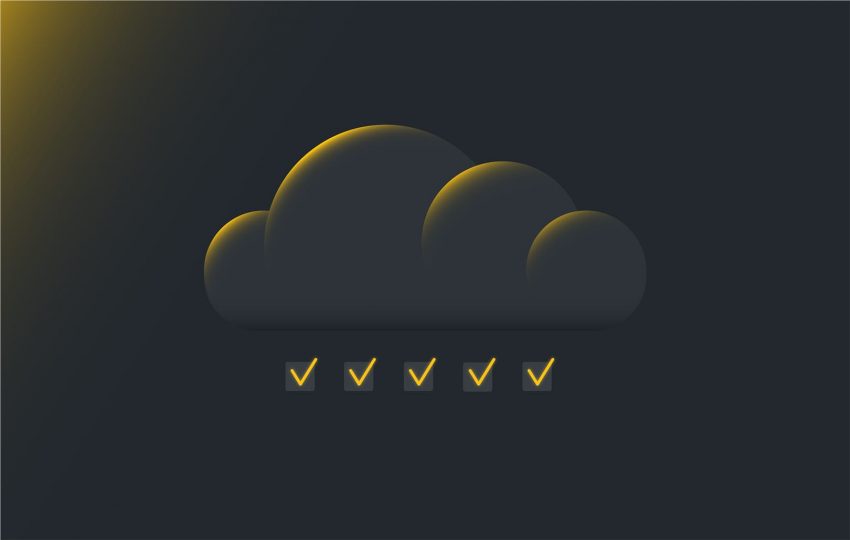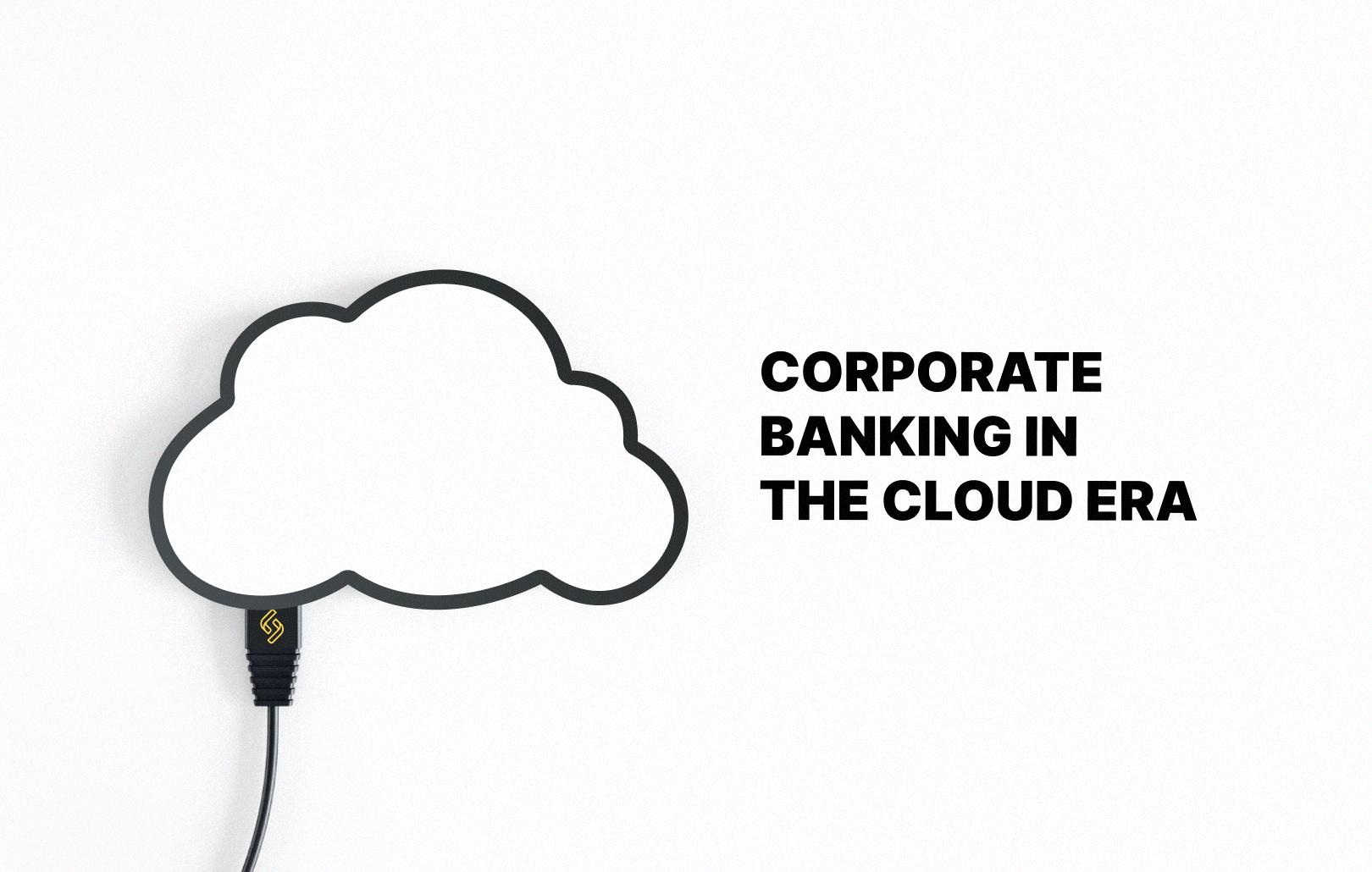Cloud Compliance and EBA Regulations in Fintech

Cloud computing has been one of the major IT trends for the last few years. All kinds of companies, small to large, have moved or are in the process of moving their data and computing power to the cloud. This allows them to spare considerable money on infrastructure, maintenance, and often overpowered solutions. Core banking is no different: moving to the cloud offers faster deployment, easier access to data, and lower checks for hardware upkeep.
In 2017, the European Banking Association has issued the EBA regulations in fintech, which outline the cloud compliance in fintech for all banking institutions that are moving their operations to the cloud.
What is the EBA Guidance on the Cloud?
The cloud compliance in fintech comprises sets of rules and procedures that have to be followed by a cloud banking service in order to be fast, absolutely secure, able to escalate, and rectify any issues within the set time limits. EBA regulations in fintech set the responsibilities, priorities, costs, rights of different parties to host, access, or audit the stored data, and the allowance of chain outsourcing to further bodies.
These procedures make sure that the cloud compliance in fintech is fully working, the customers have access to their data and actions without any restrictions, and the controlling government body has access to assessments and audit activities.
What Does the Cloud Compliance in Fintech Comprise?
The EBA regulations in fintech cover a lot of matters ensuring adequate operation of the cloud service, but these are the most essential ones to any cloud operator:
- Materiality assessment. Any major flaw in the system affects parts of the cloud that is losing money while it’s down. Cloud compliance in fintech requires the cloud owners to have an understanding of this materiality, to have correct priorities for fixing things if a few modules are faulty, to minimize the impact on the cloud and its users.
- Correct reporting. EBA regulations in fintech require the operator to set up the reporting procedures within the company and between the company and the competent authority. The regulator has to be sure that the business is running smoothly and there are no potential threats to its customers.
- Audit rights. The cloud owned should provide access to all relevant metrics, documents, and certifications to make sure that the cloud compliance in fintech is kept at the highest level.
- Direct data access. The users of the cloud, and the banking’s customers, should have full access to their data and all actions with their money, 24/7, not restricted by any maintenance or planned downtime.
- Security. The cornerstone of cloud compliance in fintech is zero possibility of any of the data to be stolen or any actions with money to be performed without the money owner’s consent.
- Data and processing location. Some countries require in their cloud compliance in fintech regulations that the data of customers residing there should be processed within the country. This may add additional considerations to the operational side of the business.
- Exit strategies. Any possible occurring problem should be matched with a plan to mitigate its impact as soon as possible and at a smaller cost as possible. With cloud compliance in fintech, solution protocols are already provided for the most possible service disruptions.
How Cloud Compliance in Fintech Applies to Non-Banking Financial Products
Currently, there are a lot of financial instruments under development, which don’t have direct access to customers’ funds but may overview their financial data, analyze latest actions, and predict future operations. Examples of such software are merchant suites, personal accounting applications, e-invoice apps, etc. Most of them connect directly to the customer’s banking account, feed the latest data from them, and even may trigger some payments with the owner’s consent.
Thus, to be entirely safe and to ensure the operation in a fully legal field, the developers of such applications should only work with banking institutions whose products follow cloud compliance in fintech in full. Currently, only two kinds of API provide a compliant connection to the banking providers: the slightly outdated but still fully supported Open Banking API, and the new, fast, and updated Open X. In other words, to comply with cloud compliance in fintech, the software should only be connected to cloud banking using either of these APIs.
As a European banking service provider and following the EBA regulations in fintech, Satchel is fully compliant with the cloud compliance in fintech, and provides API solutions, allowing a secure and instant overview of customer’s financial operations and performing actions with their funds, triggered by a fully encrypted channel and only with the customer’s consent. Building financial software for the banking cloud with Satchel’s API is your way to offer secure, powerful, and fully compliant software for the improvement of your customers’ financial lives.






